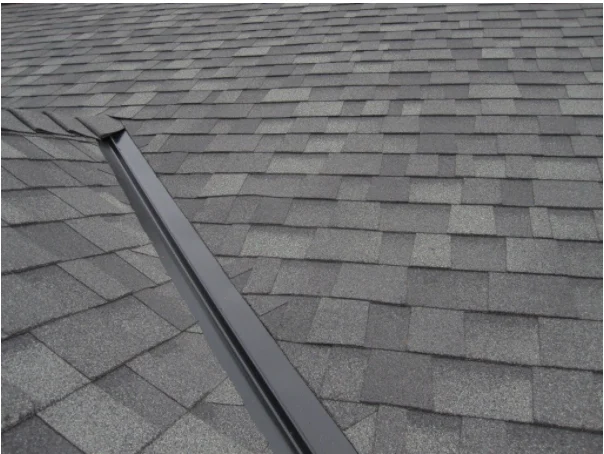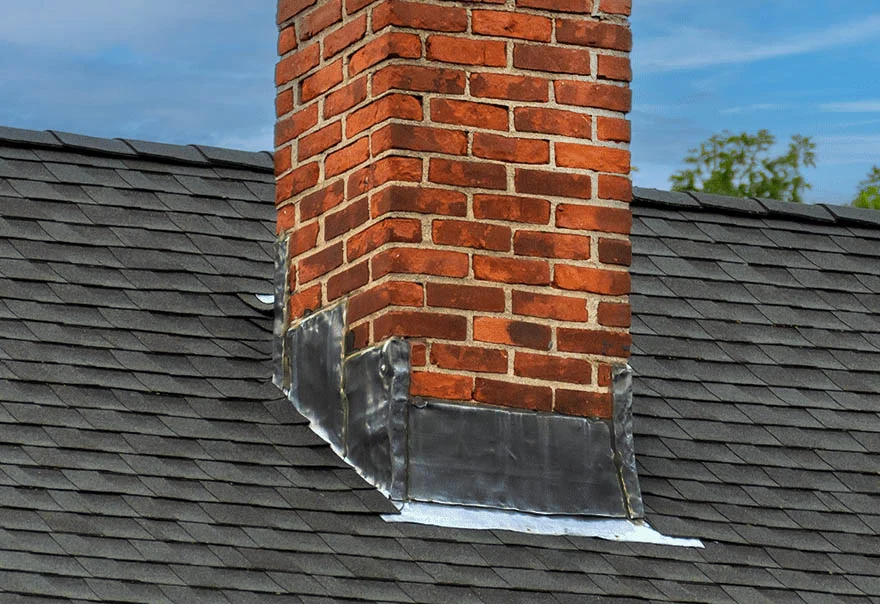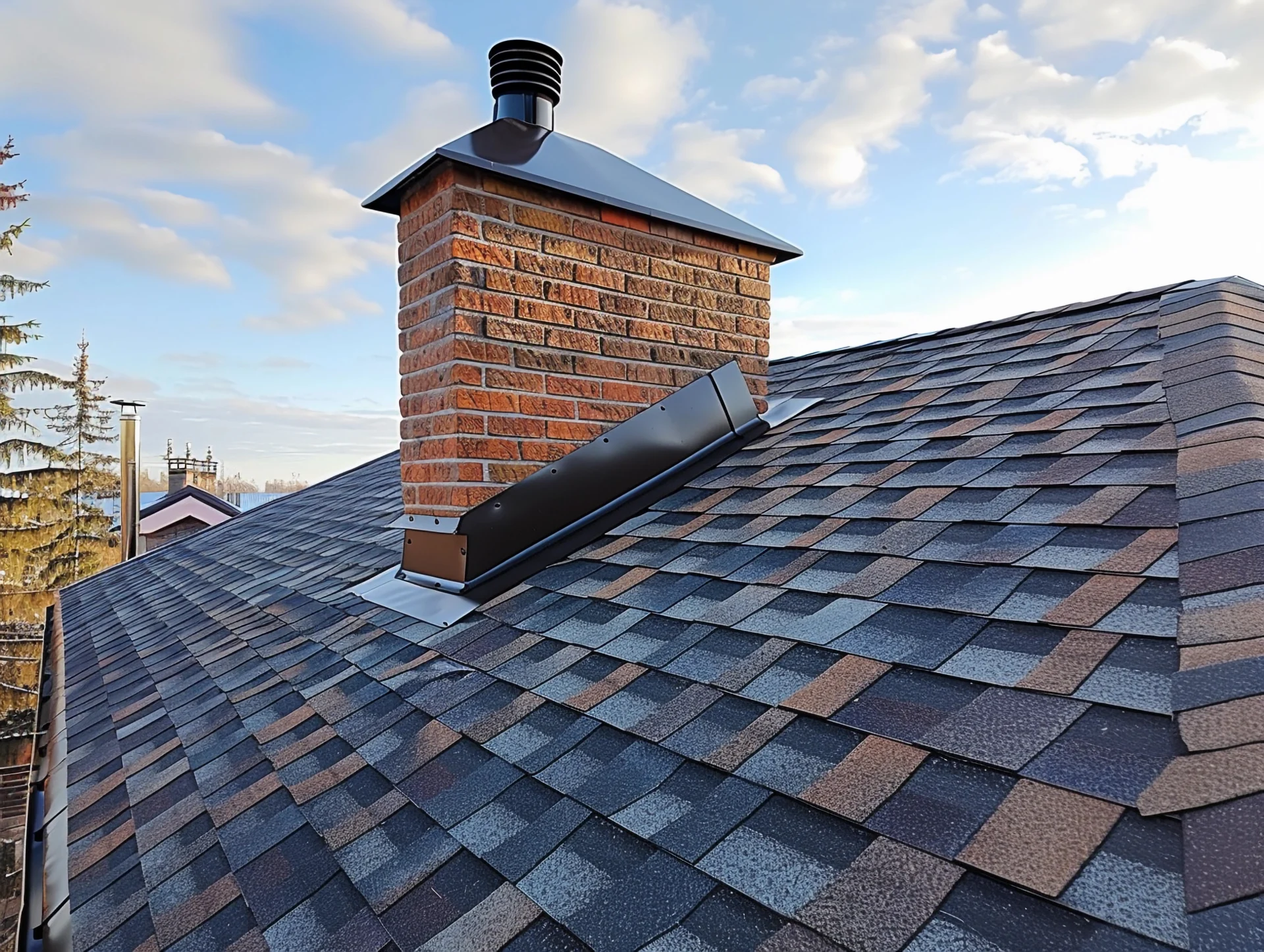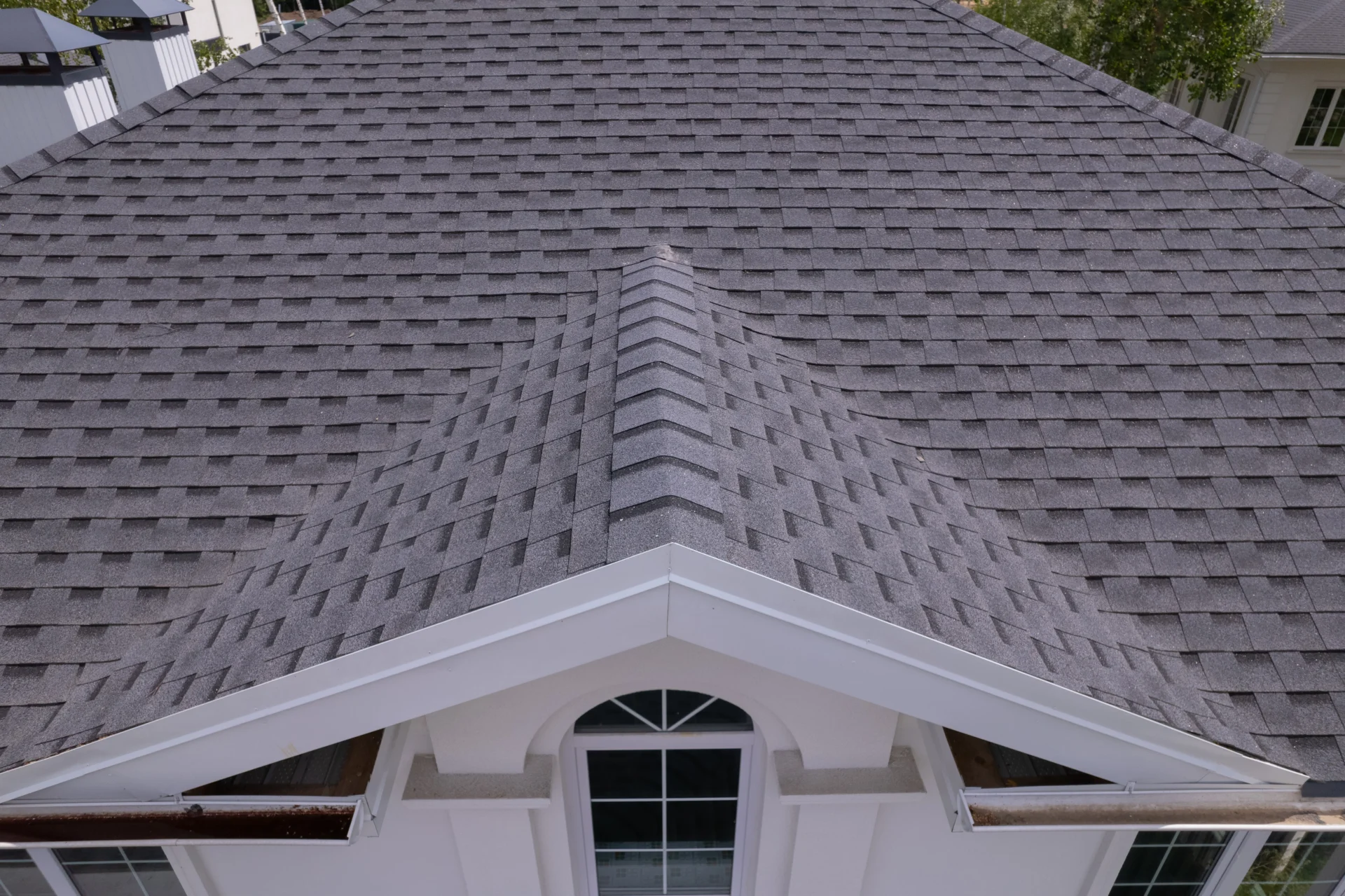
Roof Flashing in Ogden & Northern Utah
Protect Your Home with The Roofing Experience
When it comes to protecting your home, there’s one piece of your roofing system that does more behind the scenes than most people realize: roof flashing. At The Roofing Experience, we specialize in residential roofing in Ogden and across Northern Utah, and we can tell you firsthand—flashing can make or break a roof’s performance.
Water intrusion, leaks, mold, and structural damage? Flashing is the silent hero that keeps these roofing nightmares at bay. And if it’s not done right—or worse, if it’s damaged—your roof could be vulnerable to all kinds of costly issues.
Let’s walk through what roof flashing really is, why it matters, the signs it may be failing, and what we can do to help.
Don’t Wait until Damage Gets Worse!
What Is Roof Flashing, Really?
Think of roof flashing as your roof’s personal bodyguard—always on duty to stop water from sneaking in where it doesn’t belong.
Flashing is made of thin, waterproof material—usually metal like aluminum or galvanized steel, although copper and PVC sometimes make appearances. It’s installed in the most leak-prone areas of your roof: around chimneys, skylights, vents, dormers, valleys, and anywhere two roof planes meet.
Here in Northern Utah, where snow, ice, wind, and spring storms are regular guests, properly installed flashing is absolutely essential. It channels water away from these sensitive spots and down into your gutters where it belongs.
At The Roofing Experience, we install flashing that pairs seamlessly with Malarkey roofing products—a brand we trust for its durability, sustainability, and Utah-tested performance.
Why Roof Flashing Matters for Utah Homes
If you’ve ever dealt with a leak that seems to come out of nowhere—or watched a small stain on the ceiling grow after every storm—there’s a good chance roof flashing was involved.
Here’s why flashing deserves your attention:
- It keeps water out. That’s its main job. If flashing fails, water finds a way in. And water is sneaky.
- It protects the structure. Beneath your shingles are layers of wood decking, insulation, and framing. Flashing keeps all of that dry.
- It supports energy efficiency. When water gets in, insulation gets wet—and stops doing its job. Your home has to work harder to heat and cool.
- It extends your roof’s lifespan. Flashing keeps your roofing system healthy, which means fewer repairs and a longer-lasting roof.

How Roof Flashing Works
It’s not a flashy job (no pun intended), but flashing is all about barrier creation. Flashing overlaps your shingles and is sealed tight using roof cement, caulking, or other water-resistant materials. In Utah’s weather, a lot of flashing takes a beating—sun, snow, wind, freeze-thaw cycles. That’s why expert installation is critical.
We don’t cut corners. Our flashing is hand-fitted and installed with a focus on weather integrity, especially on roofs designed with Malarkey systems. These products are built for longevity and performance, and our flashing methods are tailored to complement that.
Is Your Roof Flashing Failing? Here’s How to Tell
The bad thing about roof flashing problems? You usually don’t see them until something’s already gone wrong. But there are a few early red flags you can look for—even from the ground.
Here are some clues your flashing might need attention:
- Water stains on ceilings or walls – If you’re spotting new yellow or brown spots, flashing could be the culprit.
- Dampness or musty smells in the attic – Especially after storms or snow melt.
- Visible flashing pulling away from the roofline – From the yard, look for spots where metal seems lifted or detached.
- Rust, corrosion, or cracking – These weaken the barrier and invite water in.
- Peeling paint or warped siding near the roofline – Often a sign that water’s leaking out of the wrong place.
If you’re noticing any of these, it’s time for a free flashing inspection from The Roofing Experience.

Utah Weather and Roof Flashing: A Rough Relationship
Let’s face it—Northern Utah weather isn’t gentle. Between spring windstorms, summer UV rays, heavy snow loads, and freeze-thaw cycles in the winter, roof flashing here works overtime.
These are some of the common problems we see during roof inspections:
- Corrosion: Metal flashing eventually corrodes if it’s exposed too long without proper coatings. Once rust sets in, the structural strength drops fast.
- Cracks and Splits: Temperature swings cause materials to expand and contract. Over time, that leads to cracks in flashing or the caulking that seals it. These cracks are perfect little doorways for moisture.
- Improper Installation: Unfortunately, we see this more often than we should. When flashing is installed wrong—maybe too short, unsealed, or with the wrong materials—it can actually channel water into your roof instead of away from it.
- Storm Damage: High winds and falling debris can lift, dent, or tear flashing completely off. We’ve replaced flashing that was ripped off in one windstorm, leaving entire sections of roof exposed.
- Separation Over Time: Even with proper installation, flashing can eventually separate from shingles or siding due to age, roof settling, or poor adhesion. Regular inspections catch this before water does.
What Happens If You Ignore Flashing Damage?
A little flashing issue today can become a big interior disaster tomorrow.
Let’s say a small gap forms around the flashing on your vent pipe. Maybe it doesn’t seem like a big deal. But every storm sends water through that gap. Over time, it soaks your insulation, rots the wood decking, and drips into your ceiling. Now you’re dealing with mold, drywall damage, and—if it goes far enough—costly structural repairs.
The good news? Catching flashing problems early is easy when you have a roofing partner who knows what to look for.

Don’t Wait until Damage Gets Worse!
Free Roof Flashing Inspections in Ogden & Northern Utah
At The Roofing Experience, we offer free roof inspections, and we mean it. No pressure. No hidden fees. Just expert eyes on your roof with photo documentation so you know exactly what’s going on.
Whether you’ve just been through a storm or your roof’s just getting older, we’ll check:
- Chimney and valley flashing
- Step flashing around dormers and siding
- Pipe boot and vent flashing
- Skylight perimeters
- Any area prone to roof-plane transitions
We’re not here to upsell you—we’re here to protect your home. And if your flashing needs a simple repair, we’ll tell you. If it’s time for a more involved fix, we’ll show you exactly why with pictures and a no-nonsense quote.
Why Choose The Roofing Experience?
We’re a local roofing company, not a fly-by-night contractor. We live and work in Ogden, and we’ve helped homeowners from Layton to Logan, Pleasant View to Plain City, and all across Weber and Davis Counties.
Here’s what sets us apart:
- We treat your home like it’s our own. Respect, honesty, and quality—you’ll see that from the first call to the final cleanup.
- We only do residential. Homes are our specialty, and we don’t split our focus.
- We use Malarkey roofing products. They’re built for performance and sustainability, and we’re trained in their systems.

Because when flashing fails, water wins—and we’re not here for that.
Protect your home. Trust The Roofing Experience.
Roof Flashing FAQ’s
-
What is roof flashing and why is it important for Utah homes?
Roof flashing is a thin metal material installed around roof joints, chimneys, vents, and valleys to direct water away from vulnerable areas. In Northern Utah’s harsh climate—where snow, ice, and heavy rain are common—flashing plays a critical role in preventing roof leaks and protecting your home’s structure. -
How do I know if my roof flashing is damaged or failing?
Common signs of failing flashing include water stains on ceilings or walls, mold growth in the attic, or visible rust, cracks, or lifting at roof joints. If you live in Ogden or surrounding Northern Utah areas and notice any of these signs, it’s time to schedule a roof inspection. -
Can damaged flashing cause long-term problems if it’s not repaired?
Absolutely. If roof flashing is cracked, corroded, or improperly installed, it allows water to seep into your roofing system. Over time, this can lead to wood rot, mold, structural damage, and even higher energy bills due to compromised insulation. -
What type of flashing does The Roofing Experience use?
We custom-fabricate our flashing from high-quality metal materials designed to withstand Utah’s temperature swings, high winds, and UV exposure. As part of our residential roofing systems, we use only Malarkey products to ensure compatibility and long-term durability. -
How often should roof flashing be inspected or replaced?
We recommend having your roof flashing professionally inspected at least once a year—especially after major storms. Flashing doesn’t always need full replacement, but even small issues like loose fasteners or cracked sealants can cause big problems if ignored.

